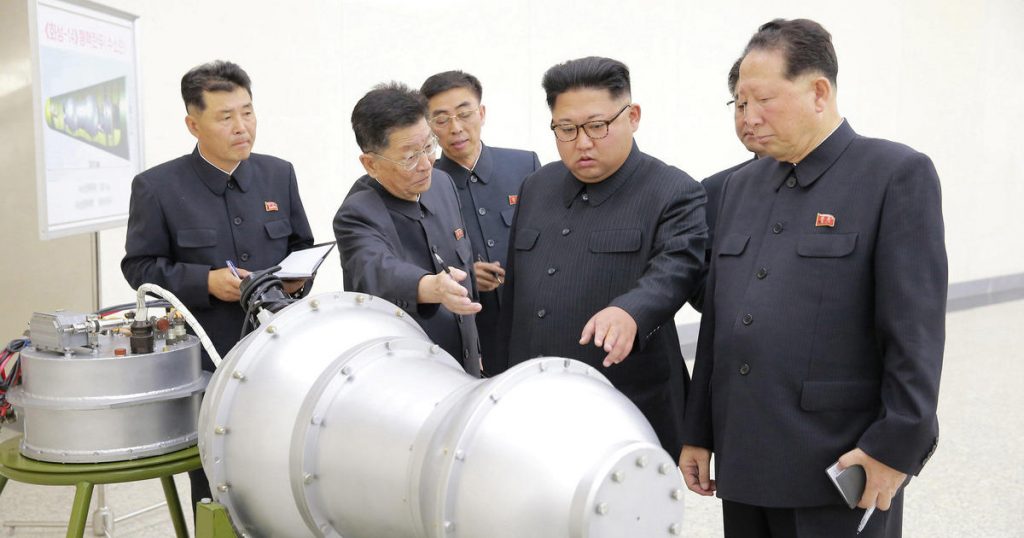Iran’s currency, the rial, unexpectedly rallied Tuesday after weeks of depreciation following President Donald Trump’s decision to withdraw America from Tehran’s nuclear deal with world powers, sending Iranians rushing to exchange shops to cash in.
In the Iranian capital, money exchange shops offered 135,000 rials for one U.S. dollar. Only the day before, the Iranian rial was selling 170,000 to $1, with prices recently going as high as 190,000 to the dollar.
Continue Reading Below
But whether this will be a permanent rally remains unclear, as U.S. sanctions targeting Iran’s vital oil industry loom in early November.
Analysts offered various reasons for the rally, including a new policy allowing the Central Bank to more muscularly intervene to support the rial, as well as allowing the import of more foreign currency from abroad.
There is also hope in Iran that Europe will be able to shield the country from further U.S. sanctions due in November and targeting Iran’s oil industry.
Rising oil prices also have some more hopeful about the Iranian economy. Benchmark Brent crude now trades near $85 a barrel and some analysts believe it could reach $100 a barrel by the end of the year.
Iranian state TV showed people who gathered late Monday night in the market to sell their dollars. Many had sought hard currencies like the U.S. dollar and the euro amid the rial’s slide, sending its value even lower. A year ago, the rial traded around 39,000 to $1.
Advertisement
Police also have cracked down on some illegal money changers in the streets and those online.
“Managers of more than 15 websites that were announcing prices and caused irregularity in the economic situation were summoned or detained,” Tehran police chief Hossein Rahimi told state TV on Tuesday.
A prominent Iranian entrepreneur, Pedaram Soltani, saw the Central Bank’s hand in the sudden rally.
“We should wait to see increase in prices of foreign currencies again, the Central Bank should allow that supply and demand decide the price,” he wrote on Twitter.
Iran’s hard-line Kayhan newspaper said court cases targeting corrupt traders also helped strengthen the country’s economy. Meanwhile, Iran’s parliament is considering a law to counter money laundering and terror financing that may encourage foreign investors and ease some international sanctions.
Iran’s financial trouble has been fanned by Trump’s decision to pull America from the nuclear deal in May. That accord, which the United Nations says Iran still follows, saw Tehran limit its enrichment of uranium in exchange for the lifting of some economic sanctions.
The rial’s rally could also partially be due to speculators realizing “the bubble has burst a little bit,” said Esfandyar Batmanghelidj, the founder of the Iranian economic website Bourse & Bazaar.
Others who sought the safety of the U.S. dollar likely also want to cash in before the rial strengthens too much, he said.
“It’s possible that in a week or two weeks, some other bit of news will come out and restart the whole process, but it’s certainly a reprieve for the government right now,” Batmanghelidj said.
When the United States re-imposes sanctions on Iran’s vital oil industry in early November, the average Iranian could be spooked again to rush to flee the rial.
“It’s largely sort of a herd mentality, kind of an emotional response,” Batmanghelidj said. “That will continue to be a risk because people are susceptible to bad news.”
___
Gambrell reported from Dubai, United Arab Emirates.

